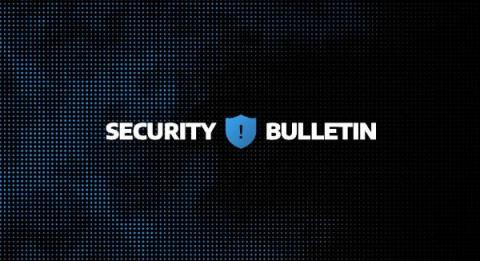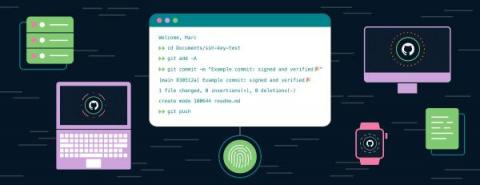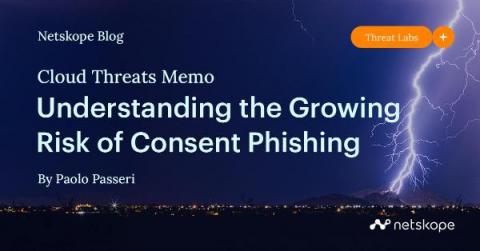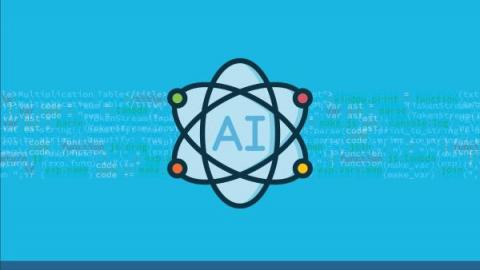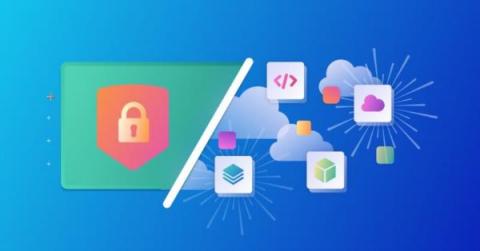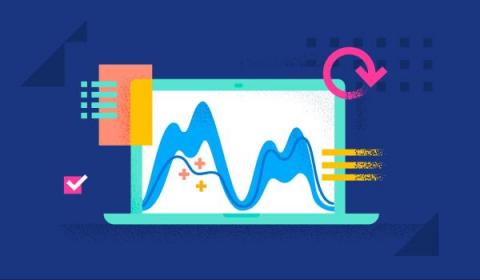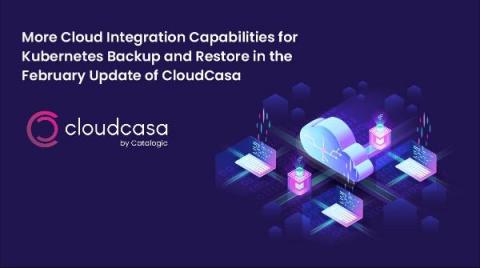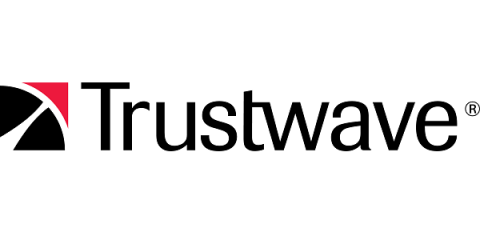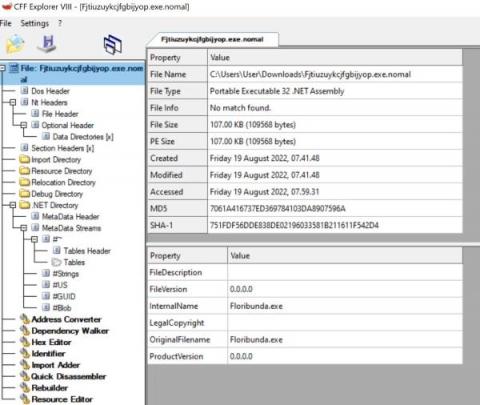Security | Threat Detection | Cyberattacks | DevSecOps | Compliance
Latest News
Git + Touch ID, plus four more reasons why developers love 1Password
Recent breaches at Uber and Slack highlight the risks of storing secrets in plaintext on disk. But that’s just the way it works, right?
Cloud Threats Memo: Understanding the Growing Risk of Consent Phishing
The advent of cloud applications led to a new generation of phishing attacks (named OAuth phishing or consent phishing) where, rather than stealing the user credentials, threat actors aim to obtain an authorization token via a rogue cloud app that allows them to perform harmful activities on the victim’s cloud environment.
AI-Generated Infrastructure-as-Code: The Good, the Bad and the Ugly
With the rise of OpenAI’s GPT-3, ChatGPT and Codex products, as well as GitHub’s CoPilot and numerous competitors, today we’re seeing developers experimenting with AI to help augment their development workflows. While at first these efforts focused on more commonly used programming languages, such as Javascript and Python, the AI use cases are now expanding to Infrastructure-as-Code (IaC) configurations.
4 application security bad habits to ditch in 2023 (and best practices to adopt instead)
Regardless of how last year went, a few things probably come to mind that you’d like to leave in 2022. Maybe it’s a bad habit you’d like to drop or a mindset you’d like to change. But speaking of ditching bad habits, some poor cloud application security practices shouldn’t carry over to 2023 either!
Detecting Lateral Movement activity: A new Kibana integration
4 Categories of Container Security Vulnerabilities (& Best Practices to Reduce Risk)
Containerization is becoming increasingly common due to portability, ability to isolate application dependencies, scalability, cost effectiveness, and ease of use. The ability to easily package and deploy code has changed the way that organizations work with applications. But like with Windows servers years ago, or AWS today, any time one specific technology gains a significant portion of the market share, it becomes a target for attackers.
More Cloud Integration Capabilities for Kubernetes Backup and Restore in the February Update of CloudCasa
Mid-winter is fast approaching, meaning it’s nearly time to start thinking about spring again! But here at Catalogic all we’ve been thinking about lately is adding more features to CloudCasa. We were thrilled to hear that CloudCasa has been named a Kubernetes data protection leader and outperformer in the recently released GigaOm Radar for Kubernetes Data Protection Report, but we have no intention of resting on our laurels!
4 Strategies to Stay Secure in a Connected World
Cybersecurity is a complex term, it’s become all-encompassing and constantly evolving to include new and emerging technologies, attacks, actors, and a myriad of other points. What this means for organizations large, medium, and small is that each must have a cybersecurity plan in place. An interesting point, however, is despite the mindshare cybersecurity now enjoys, the industry itself is still in its relative infancy.
Redline Infostealer Analysis (Part 2)
Redline infostealer gathers information and steals high value data from an infected machine. The Redline infostealer is considered one of the most dangerous malware currently being used in the wild and has been used in countless trojanized software, applications, games and cracked software. In addition to data exfiltration, Redline also has the capability to connect to a command and control (C2) server to download, upload files as well as perform remote commands.


